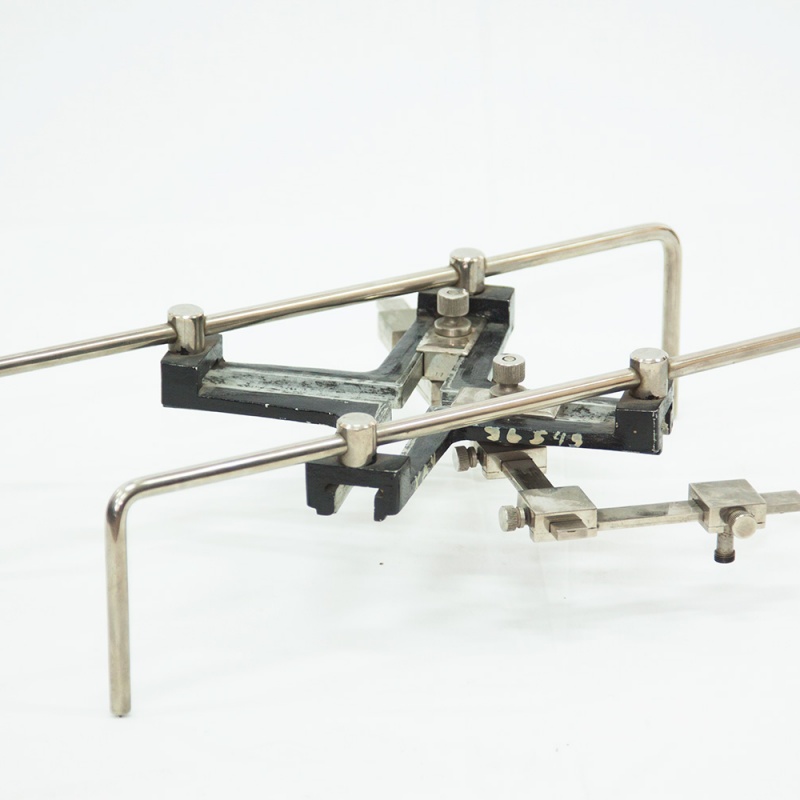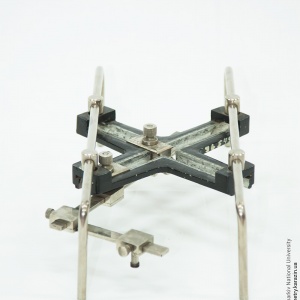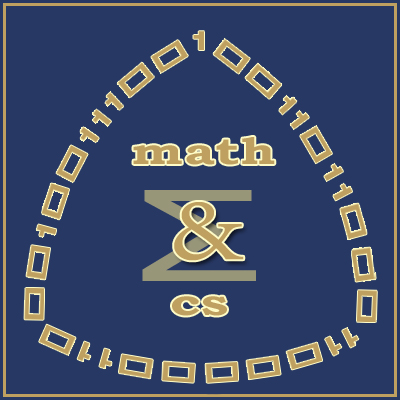The Cat on a Ladder problem - the key statement lying in the core of the trammel - consists of finding the trajectory of a cat sitting on a ladder that is sliding along the wall and the grass ground.
Let the grass and the wall represent the standard Cartesian coordinate axes $x$ and $y$, and $\alpha$ be the angle which the ladder (segment $AB$) makes with the ground (at $B$). And supose the cat is sitting on $AB$ on the distance $a$ from $A$ and $b$ - from $B$.
Then the coordinates of the cat are
$x = a \cos \alpha$
$y = b \sin \alpha$,
or
$\frac{x^2}{a^2} + \frac{y^2}{b^2} = 1.$
These are the (parametric w.r.t. $\alpha$ and implicit) equations of an ellipse. Thus the trajectory of the cat is the (quarter) of an ellipse!
The construction of the trammel generalize the Cat on a Ladder problem, allowing "cat" to sit on the line $AB$ outside the segment $AB$. Furthermore, in the trammel above the "cat" can also shift perpendicularly to $AB$ from its position. The trajectory of the shifted "cat" is a rotated ellipse. If the shift is zero, then the axes of the ellipse are alligned with the coordinate axes.





